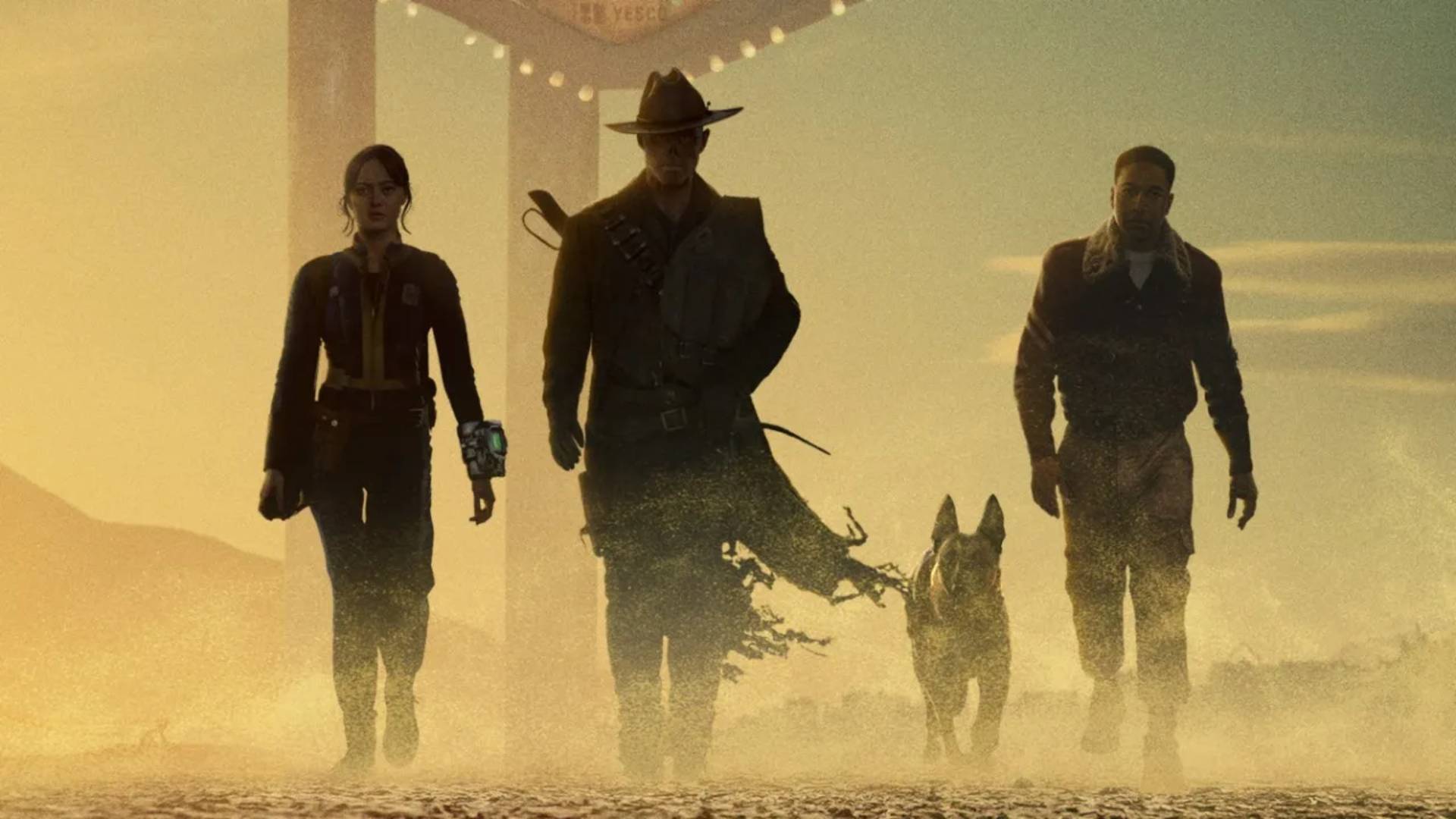NASA Pulls Planned Spacewalk from Next Shuttle Mission

NASA has pulled a spacewalkdedicated to heat shield repair techniques from the schedule of its next spaceshuttle flight to make way for additional inspections with the orbiter'srobotic arm, the U.S. space agency said Monday.
Mission planners decided to removethe third of three planned spacewalks for NASA'sSTS-121 shuttle mission to the International Space Station (ISS) - tolaunch aboard Discovery no earlier than July 1 - to allow time for in-depthscans of the orbiter's heat shield, NASA officials said, adding that theextravehicular activity (EVA) is not being abandoned altogether.
"The crew and the team are going tocontinue training for the third one in the event that the consumables wouldsupport an extra day for the mission, which is likely," NASA spokesperson KylieClem told SPACE.com of the decision, which was first reported by CBSNews.
The third planned EVA for STS-121spacewalkers Michael Fossum and Piers Sellers calledfor the astronauts to test a series of reinforced carbon carbon(RCC) repair techniques.
The repairmethods, which use a black putty-like material to fill in RCC cracks, werefirst tested during an hour-long procedure during an STS-114spacewalk last summer. That flight, also aboard Discovery, was NASA's firstshuttle mission following the 2003loss of the STS-107astronauts aboard Columbia, which sustained heat shield damage at launch.That accident led to the RCC repair tests, as well as checks of a dabbed-ongray material to coat broken tiles, during the STS-114 mission. STS-121 willbe the second post-Columbia test flight.
Clem said a revised STS-121 schedulenow calls for the mission's six-astronaut crew, commanded by shuttle veteran StevenLindsey, to use a 50-foot (15-meter) boom extension to Discovery's own50-foot (15-meter) robotic arm in extra heat shield scans before and afterundocking. Inspections were already planned for the second day of the 13-daymission, NASA said.
Discovery's mission could beextended an extra day to allow the heat shield repair spacewalk depending onthe amount of consumables available to power the orbiter's fuel cells, Clemadded.
Breaking space news, the latest updates on rocket launches, skywatching events and more!
Sellers and Fossumwill continue to train for that EVA along with the two others, first of whichis aimed at testing the stability of the boom extension with an astronautstanding on the end. The test, which NASA station managers have said will beconducted over the orbiter's payload bay, is designed to determine whether theboom can be used as a repair platform if needed.
The second spacewalk is dedicated tospace station work, with Fossum and Sellers repairinga cablesystem that transfers power, data and video to and from the orbitallaboratory's mobile transporter railcar. The railcar is used to move majorcomponents along the length of the station.
Meanwhile, shuttle engineers atNASA's Kennedy Space Center spaceport in Florida are replacing one ofDiscovery's three main engines in preparation for its STS-121 launch.
Shuttle engine checks at NASA's Stennis Space Center in Mississippi discovered a crack in asolder joint associated with the engine's controller, prompting orbitermanagers to swap Discovery's lower left engine because of the possibility thatit has the same problem, NASA KSC spokesperson Jessica Rye told SPACE.com.
Engineers are expected to remove theengine from Discovery's aft Tuesday, and have the replacement installed by April22, Rye added.
"The end result is no impact to theshuttle's rollover date," Rye added.
Discovery is currently scheduled toroll from its hangar-like Orbiter Processing Facility to NASA's massive VehicleAssembly Building, where its solid rocket boosters and external tank reside, onMay 12.
The mission's launch windowstretches from July 1 to July 19.
- STS-121 Shuttle Commander Confident in July Launch Target
- The Ultimate Test Flight: NASA's Shuttle Fleet at 25
- NASA Set for Shuttle Fuel Tank Repair
- Return to Flight: NASA's Road to STS-121

Tariq is the award-winning Editor-in-Chief of Space.com and joined the team in 2001. He covers human spaceflight, as well as skywatching and entertainment. He became Space.com's Editor-in-Chief in 2019. Before joining Space.com, Tariq was a staff reporter for The Los Angeles Times covering education and city beats in La Habra, Fullerton and Huntington Beach. He's a recipient of the 2022 Harry Kolcum Award for excellence in space reporting and the 2025 Space Pioneer Award from the National Space Society. He is an Eagle Scout and Space Camp alum with journalism degrees from the USC and NYU. You can find Tariq at Space.com and as the co-host to the This Week In Space podcast on the TWiT network. To see his latest project, you can follow Tariq on Twitter @tariqjmalik.
